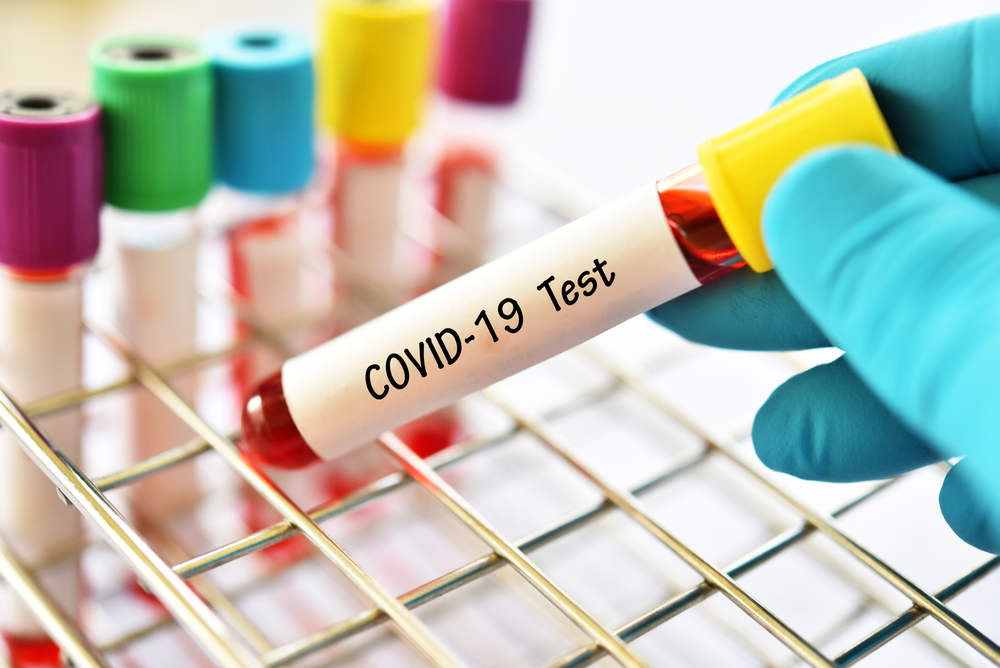We’re all well aware of the risks of contracting COVID-19 by now. But work must go on, and when it does, there’s an additional risk of employees contracting the virus.

Should this happen, it’s irrelevant whether they contracted it at the workplace; the key is to recognize that other employees and customers could have been exposed because the virus can be spread before there are clear symptoms.
Tips for Minimizing Risk
Employers must take action to minimize risks for everyone. Here are some tips for employers:
- If an employee shows symptoms consistent with COVID-19, send the person home immediately. Centers for Disease Control and Prevention (CDC) guidelines say it is prudent to stay home—not leaving for anything other than medical care—in these situations. The CDC recommendations state that most people are no longer infectious 10 days after symptom onset, so at that time, as long as the fever has been gone at least 24 hours (without medication) and other symptoms have improved, it should be safe to stop home isolation.
- Employers should track isolation time and not require employees to do so.
- The CDC no longer recommends that everyone with symptoms be tested, as test supplies are limited and test results may not come back quickly enough to make a difference in the course of action.
- Employers should clean the area where the individual was working. However, if possible, it makes sense to wait 24 hours to do so to allow respiratory droplets to dissipate. If this is not possible, wait as long as you can.
- Employers should have a communication plan in place to notify other employees of possible exposure. The communication plan should take steps to retain confidentiality as much as possible in the situation.
- There should be a methodology in place to determine with whom the individual came in close contact. (Close contact is defined as being within approximately 6 feet for a prolonged period of time.)
- For other employees who were in close contact with the individual, employers should seek guidance from local health officials to determine which of these workers also should self-quarantine for 2 weeks. Or, if possible, simply implement that as a standard procedure. Note: The Family First Coronavirus Response Act may require these quarantined individuals to be paid, and in these cases, the employer will be reimbursed in the form of tax credits.
- Remember that this is a stressful time for everyone; employers would be advised to act with compassion toward employees in this situation.
- In most cases, it is not prudent to require a negative COVID-19 test before allowing someone to return to work. By following the CDC recommendations for time in isolation, that should be all that is required. Requiring someone to get a test actually may subject him or her to further potential exposure.
- Employers can also be proactive by asking employees whether they’re dealing with any COVID-related symptoms and by taking people’s temperature before they enter the workplace.
What other measures has your organization put into place for when an employee shows symptoms of COVID-19? What communication tips have you found particularly useful?
Bridget Miller is a business consultant with a specialized MBA in International Economics and Management, which provides a unique perspective on business challenges. She’s been working in the corporate world for over 15 years, with experience across multiple diverse departments including HR, sales, marketing, IT, commercial development, and training.
